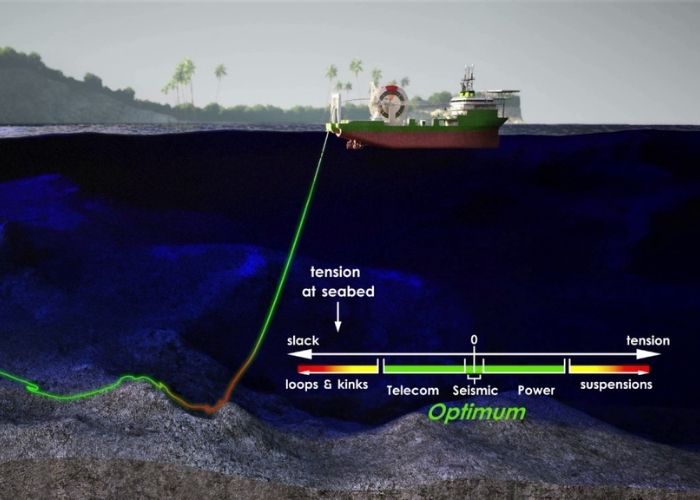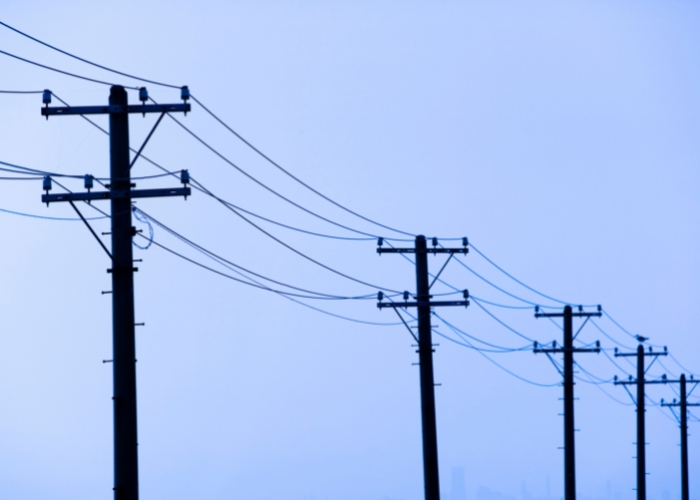Concentrate on Speed Deployment:
The faster the implementation, the faster the subscribers will be operational and the faster you
will be able to charge them for new services. Therefore, find ways to standardize equipment and
methodologies, while ensuring that all crews are trained in best practices. This will ensure
consistent, high-quality deployments delivered in a timely manner.









